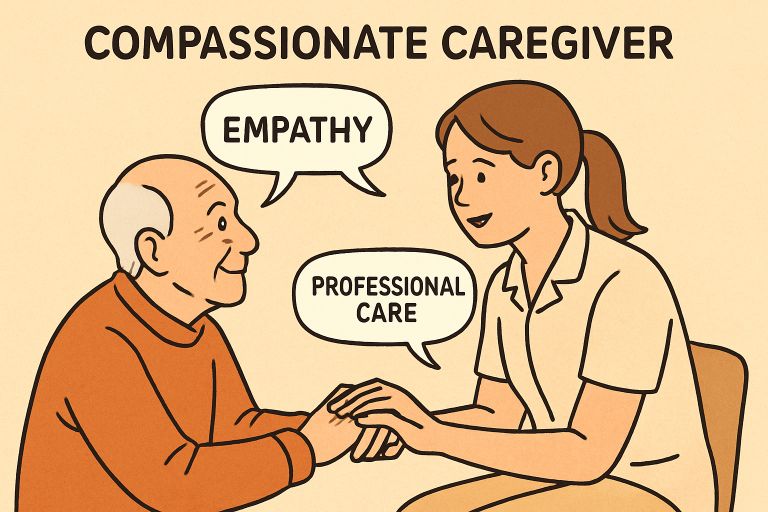Key Takeaways:
- Hip-hop dance represents a powerful medium for cultural expression.
- Mastery of rhythm and improvisation is vital for authenticity in performance.
- Global interconnectedness continues to enrich the diversity of hip-hop dance styles.
- Competitions and media exposure push the boundaries, expanding the reach of hip-hop dance.
Table of Contents:
- Introduction to Hip-Hop Dance
- The Key Elements of Hip-Hop Dance
- Hip-Hop Dance Techniques and Training
- Different Styles Within Hip-Hop Dance
- The Role of Battles and Competitions
- Hip-Hop Dance in the Media and Entertainment
- The Global Influence of Hip-Hop Dance
- The Fashion of Hip-Hop Dance
- Teaching and Learning Hip-Hop Dance
- The Future of Hip-Hop Dance
Introduction to Hip-Hop Dance
Hip-hop dance epitomizes the essence of urban artistry and creative expression, with its roots deeply planted in the streets of New York City during the late 20th century. This expressive form has become a storytelling conduit, combining popping, locking, and breaking elements to create a vivid tableau of street-smart narratives. Not only is it a physical activity, but hip-hop dance also embodies the pulsating rhythms of urban culture and has created wide-reaching avenues for social commentary and group identity. With the global boom in demand for hip hop classes for adults, this art form has transcended age, providing an embodiment of fitness, camaraderie, and cultural expression for all participants regardless of their stage in life.
The Key Elements of Hip-Hop Dance
Central to the art form of hip-hop dance is the dancers’ ability to communicate ideas and emotions through movement. Learning to respond to the complexities of music’s rhythm with reflexive and articulated motions is primary to finding one’s rhythm within the genre. Musicality, especially, is a fine art within hip-hop dance that involves dancers using their bodies to interpret the music’s timing, accents, and nuances, channeling the essence of the sound into movement.
Hip-Hop Dance Techniques and Training
Developing aptitude in hip-hop dance involves layers of learning, beginning with staple dance movements. Aspiring dancers often start with the foundational steps, like the six-step or top rock in breaking, before advancing to more intricate moves and combinations; amid the array of kicks, spins, and jumps, physical strength and stamina become as important as mastering technique. Effective training routines often include comprehensive warm-ups, conditioning exercises, and frequent practice sessions, emphasizing enhancing muscle memory and flexibility. Rehearsing choreography also fosters an understanding of spatial and body awareness integral to a dancer’s progression.
Different Styles Within Hip-Hop Dance
Hip-hop dance is a rich mosaic of styles that include the fluidity of popping, the funk-inspired sharpness of locking, and the physical prowess of breaking. Each style is a unique language of movement, creating a broad spectrum of expression within the community. Locking contrasts the tight muscle hits in popping with its distinctive freezes and flamboyant gestures. The competitive and acrobatic flair of breaking often takes center stage in battles, challenging dancers to push their physical limits. The creativity within hip-hop dance is further showcased when choreographers mix these styles or incorporate elements from jazz, contemporary, or even ballet, leading to revolutionary new movements that continue to reshape the dance landscape.
The Role of Battles and Competitions
Dance battles are the crucible where hip-hop dancers test their skills, poise, and artistic individuality. This competitive arena showcases talent and fosters a unique camaraderie and respect among dancers. Internationally renowned competitions bring together the best from across the globe, celebrating the diversity and unity within the hip-hop dance community. These events often serve as benchmarks for dancers, marking their growth and driving creative exploration within the genre. Whether through organized competitions or impromptu street battles, these gatherings are an exhilarating facet of hip-hop culture, instrumental in its perpetuation and evolution.
Hip-Hop Dance in the Media and Entertainment
Beyond the confines of the dance community, hip-hop has imprinted its dynamic flair on the larger canvas of media and entertainment. Inspirational dance pieces have found their way into cinematic storylines, and replicating these moves in living rooms worldwide is a testament to the genre’s wide-ranging influence. Introducing hip-hop choreography into mainstream media sparks trends and inspires new generations of dancers.
The Global Influence of Hip-Hop Dance
In today’s interconnected world, hip-hop dance is a global language that crosses borders and fosters communication between diverse peoples. Dance crews from every continent offer fresh perspectives and cultural fusions that enrich the ever-expanding repertoire of hip-hop. The digital age has amplified this global conversation with the proliferation of online dance videos and tutorials connecting dancers from disparate corners of the world. These virtual exchanges facilitate the flow of ideas and techniques, allowing hip-hop to evolve in diverse environments while maintaining its core principles.
The Fashion of Hip-Hop Dance
The aesthetic of hip-hop is inseparable from its fashion sensibilities, where dancers often don sporty, street-savvy attire, accentuating their movements and reflecting their personalities. Hip-hop wardrobe choices are more than just practical; they symbolize the culture’s roots and evolution. The fashion industry has long taken cues from the dance scene, with streetwear brands drawing inspiration from hip-hop icons. From sneakers to snapback hats, the attire complements the rhythmic pulsations and serves as a visual exclamation point to the dancer’s self-expression.
Teaching and Learning Hip-Hop Dance
Educational pathways for hip-hop dance are far-reaching, extending beyond dance studios to encompass online courses, community workshops, and academic settings. Individuals of all ages can find joy and fulfillment in learning hip-hop through structured classes or informal lessons. The discipline’s inclusive nature invites beginners and seasoned dancers alike to partake in the vibrant community, learn history and techniques, and express their personalities through movement. As a testament to its accessibility, hip-hop dance classes continue to surge in popularity, fulfilling a demand for engaging, energetic, and culturally resonant forms of physical expression.
The Future of Hip-Hop Dance
As hip-hop dance strides confidently into the future, the scene is alive with burgeoning talent and continued innovation. Young dancers are carving passages to new trends, harnessing the legacy of those who laid the groundwork for this artistic movement. Social platforms now play a pivotal role in spotlighting emerging styles and dance phenomena, suggesting that hip-hop will maintain its growth trajectory and remain relevant for years. The spotlight perpetually shifts to welcome fresh waves of creativity as the global hip-hop community keeps the conversation going, eager to see where the rhythm takes them next.







